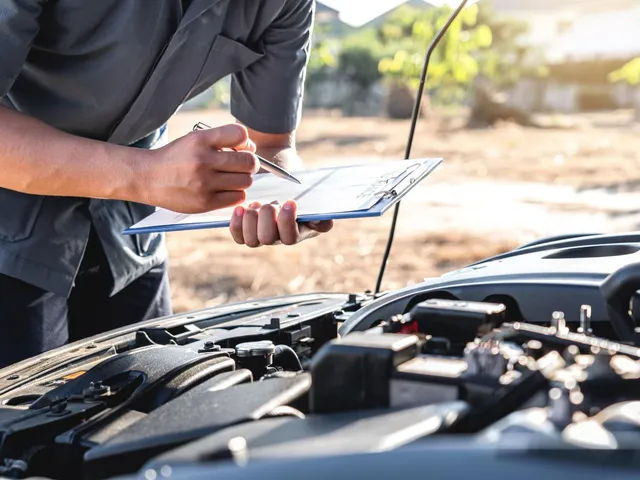
Absolutely—this is a killer topic for educating drivers, business owners, and fleet managers. Here’s a full blog post you can use on your transport store website titled:
Why Routine Vehicle Maintenance Saves You Thousands
When you’re running a fleet—or even just your own work vehicle—routine maintenance might feel like just another line item on your expense sheet. But the truth is: it’s one of the smartest investments you can make.
Skipping oil changes or ignoring those dashboard warning lights might save a few bucks today… but it’s a fast track to expensive repairs, downtime, and even total engine failure.
Let’s break down exactly why routine vehicle maintenance saves you thousands—in both the short and long term.
🛠️ 1. Avoids Major Repairs
Regular oil changes, filter replacements, and fluid checks can prevent catastrophic engine damage. Think about it:
| Service Skipped | Potential Cost |
|---|---|
| Oil Change ($75) | Engine Replacement ($5,000–$12,000) |
| Brake Pad Replacement ($200) | Rotor/Caliper Damage ($1,200+) |
| Coolant Flush ($100) | Overheating Repair ($2,000+) |
✅ Prevention always costs less than repair.
🚚 2. Reduces Downtime
For businesses, time off the road = money lost.
Routine maintenance keeps your vehicles reliable and road-ready, reducing unexpected breakdowns and service delays.
🔧 Fleet Fact: A truck in the shop can cost a business $800–$1,200 per day in lost productivity.
⛽ 3. Improves Fuel Efficiency
A poorly maintained vehicle burns more fuel. Dirty air filters, old spark plugs, and low tire pressure all drag down MPG.
- Regular maintenance = smoother engine performance
- Better performance = lower fuel costs
💡 Maintaining proper tire pressure alone can boost fuel economy by up to 3%.
🔁 4. Extends Vehicle Lifespan
Want to keep your truck, van, or delivery vehicle on the road longer?
Routine maintenance helps:
- Delay major component failures
- Reduce wear on the engine, suspension, and drivetrain
- Boost resale or trade-in value
✅ Fleets that follow a regular service schedule often get 50–100% more lifespan out of their vehicles.
🧾 5. Preserves Warranty & Resale Value
If your vehicle is still under warranty, missing scheduled maintenance can void coverage. Even after that, service records help when it’s time to sell.
- Buyers (and dealerships) pay more for well-documented vehicles
- Fleet resale value can increase by 15–30% with full maintenance logs
📉 6. Prevents Costly Chain Reactions
One small problem—like a cracked belt or low transmission fluid—can snowball into massive damage if ignored.
🚨 Example: A $60 serpentine belt replacement can prevent $2,000 in engine or AC system damage.
🗓️ What Should Be Part of Routine Maintenance?
Here’s a simple checklist:
| Maintenance Item | Frequency |
|---|---|
| Oil & Filter Change | Every 5,000–10,000 km |
| Brake Inspection | Every 6 months |
| Tire Rotation | Every 8,000–10,000 km |
| Air Filter Replacement | Every 12,000–15,000 km |
| Coolant & Fluid Checks | Monthly |
| Transmission Service | Every 50,000–100,000 km |
| Battery Test | Every 6 months |
✅ Use fleet maintenance apps or logbooks to keep track across multiple vehicles.
💬 Final Thoughts
Routine maintenance may feel like a hassle in the moment, but skipping it is always more expensive in the long run. From better fuel economy to fewer breakdowns and a longer vehicle life, regular care pays off—big time.
🛒 Want to Stay Ahead of Repairs?
Browse our full line of vehicle maintenance tools, kits, and diagnostic gear here — built for commercial fleets and work trucks.
Want a downloadable checklist version or infographic for driver handbooks or internal training? Just let me know—I’d be happy to make one!